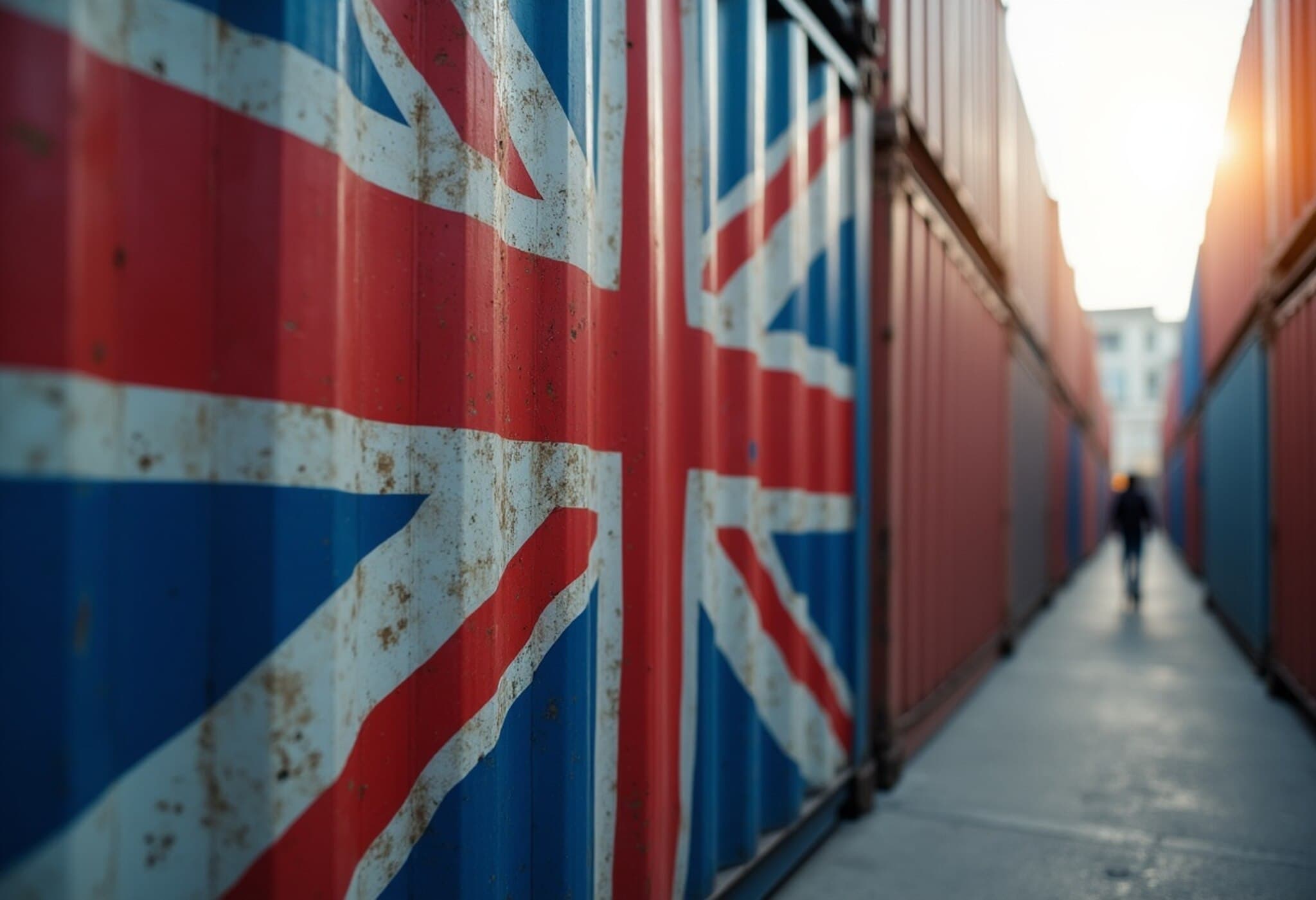UK Export Decline to US Hits Record Low in April
In April, UK goods exports to the United States took the sharpest dive on record, falling by £2 billion ($2.71 billion). According to recently released figures, this marks the largest monthly drop since trade records began in 1997. The value of British exports to the US sank to £4.1 billion, the lowest level seen since February 2022.
This steep decrease is largely attributed to the introduction of US tariffs on British goods, impacting key sectors such as automobiles, chemicals, and metals.
US Returns to Trade Surplus in Goods with UK
Meanwhile, imports from the US to the UK also fell by £400 million in April, settling at £4.7 billion. This shift resulted in the US recovering a trade surplus in goods with the UK for the first time since May 2024. Earlier in 2025, UK businesses had significantly increased exports to the US, anticipating the imminent tariff imposition confirmed on April 2.
Key Commodities Moving Between the UK and US
- From the UK to the US: Automobiles, medicines, mechanical generators, scientific instruments, and aircraft.
- From the US to the UK: Oil, pharmaceuticals, and aircraft.
Trade Deal Progress and Remaining Challenges
The UK and US announced a trade agreement aiming to ease tensions, yet it still enforces a 10% tariff on most British goods exported to the US. While some tariffs have been reduced from pre-existing levels—such as a decrease from 25% to 10% on up to 100,000 British cars annually—several tariffs remain in effect pending full deal implementation.
The political landscape has seen a mixed impact, with a cautious but comparatively favorable stance toward the UK amid ongoing negotiations and economic shifts.
Widening UK Trade Deficit and Economic Contraction
The UK’s goods trade deficit widened by £4.4 billion to £60 billion over the three months leading to April, while its services surplus decreased by £500 million to £48.5 billion. This combination pushed the overall trade deficit in goods and services to £11.5 billion, nearly doubling from £6.6 billion.
Amid these trade challenges, the UK economy contracted by 0.3% in April, falling short of expectations for a modest 0.1% growth. The services sector saw a decline of 0.4%, though construction output showed a modest increase of 0.9%.
Labor Market and Economic Outlook
Additional data highlights a weakening labor market, with job vacancies dropping by 7.9% and the unemployment rate inching up from 4.5% to 4.6%. Wage growth also slowed, easing to 5.3% from 5.6%. These trends have fueled market anticipation for another half-point interest rate hike by the Bank of England before year-end.
Business confidence remains sensitive amid ongoing tariff pressures, macroeconomic uncertainties, and policy changes such as rising minimum wages and increased tax rates for employees.
Expert Assessment: A Cautious Path Ahead
Economists suggest the UK economy's strong start to the year may be leveling off. One analyst noted, "While the headwinds seen in April may ease in the coming months, they are unlikely to disappear entirely." Trade uncertainties, a loosening labor market, and restrictive monetary policies are expected to continue curbing growth.



















